What Demographic Buys Used Clothes the Most?
Understanding consumer behavior in the used clothes market and identifying the demographic that buys used clothes the most can provide valuable insights for businesses and policymakers. The used clothes industry has experienced significant growth in recent years, driven by environmental concerns, cost-saving motivations, and changing fashion preferences. Several demographic factors influence the frequency and extent to which different groups engage in second-hand clothing purchases.
Millennials and Generation Z
Younger generations, such as Millennials and Gen Z, are at the forefront of the used clothes market. Nearly 50% of Gen-Z consumers have purchased used clothing, shoes, or accessories, compared to Gen X and Baby Boomers who have purchased roughly half that amount, according to Modern Fellows. These tech-savvy and environmentally-conscious consumers are more likely to embrace sustainable shopping practices. With a strong focus on reducing their carbon footprint, they view buying pre-owned clothing as a way to contribute to a circular economy and reduce textile waste. Social media platforms have popularized vintage and thrift fashion trends, making second-hand shopping fashionable and desirable among young consumers.
Fashion Enthusiasts
Interestingly, fashion enthusiasts who closely follow trends and seek unique styles also contribute significantly to the used clothing market. Vintage clothing in particular holds appeal for this demographic as it allows them to express their individuality and stand out from mainstream fashion. The thrill of discovering one-of-a-kind pieces in thrift stores or online platforms attracts these shoppers to the world of second-hand clothing.
Budget Shoppers
Used clothes appeal to consumers on a budget, and low-income individuals and families often turn to thrift stores and online resale platforms to meet their clothing needs affordably. The lower cost of second-hand clothing allows them to access a wider variety of garments at prices that fit within their financial constraints. As a result, this demographic group is more likely to buy used clothes as a practical and cost-effective solution.
Eco-Friendly Shoppers
Consumers who prioritize sustainability and environmental responsibility are prominent buyers in the used clothing market. These individuals actively seek ways to reduce their impact on the environment and are willing to embrace more sustainable lifestyle choices. By purchasing used clothes, they participate in reducing the demand for new clothing production, which is resource-intensive and contributes to environmental degradation.
The increasing popularity of the used clothing market can be attributed to a combination of environmental awareness, economic factors, and changing fashion preferences, making it a significant segment within the broader retail industry. Are you looking to sell or buy used clothes? Check out our selection at Daisy Exchange!

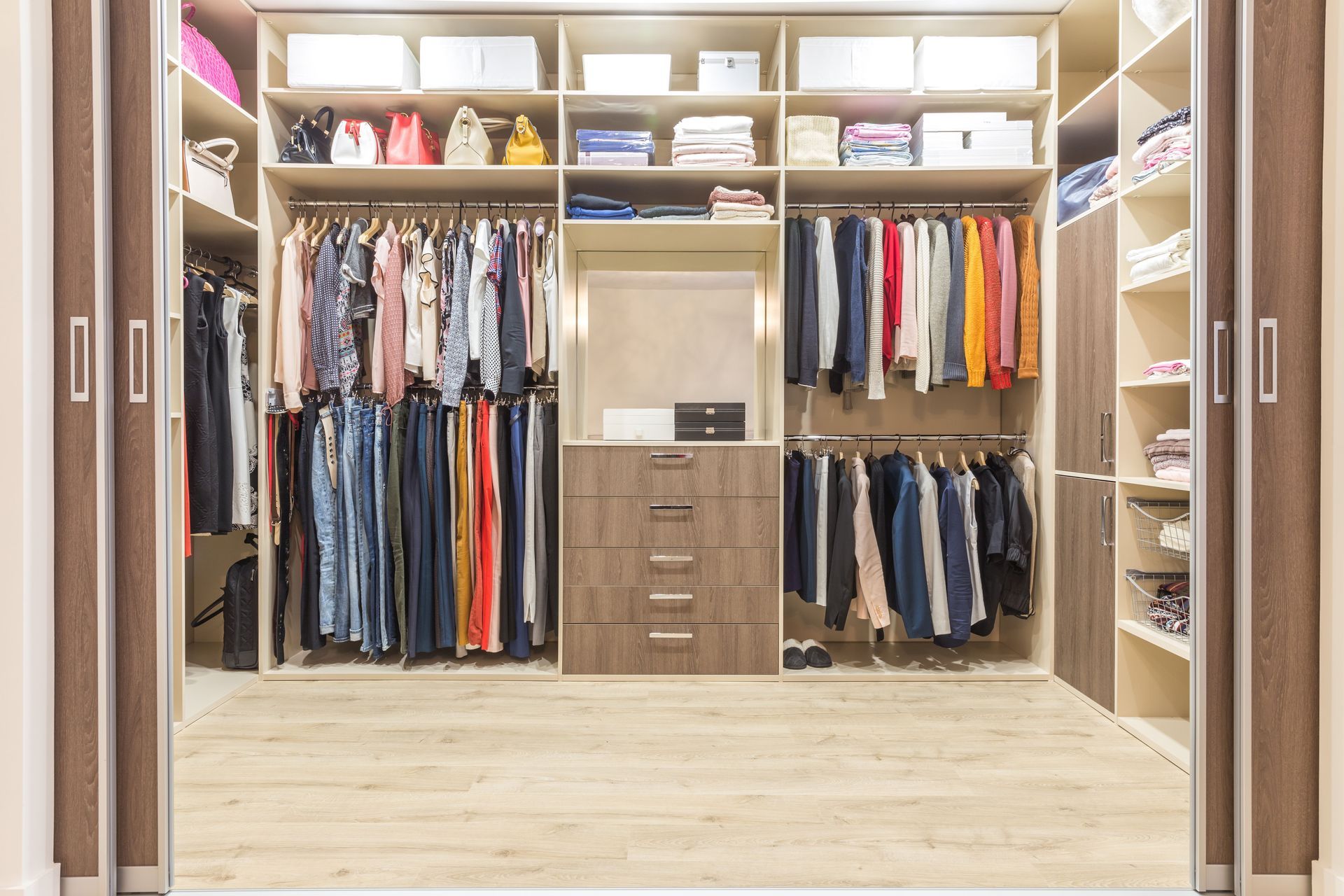

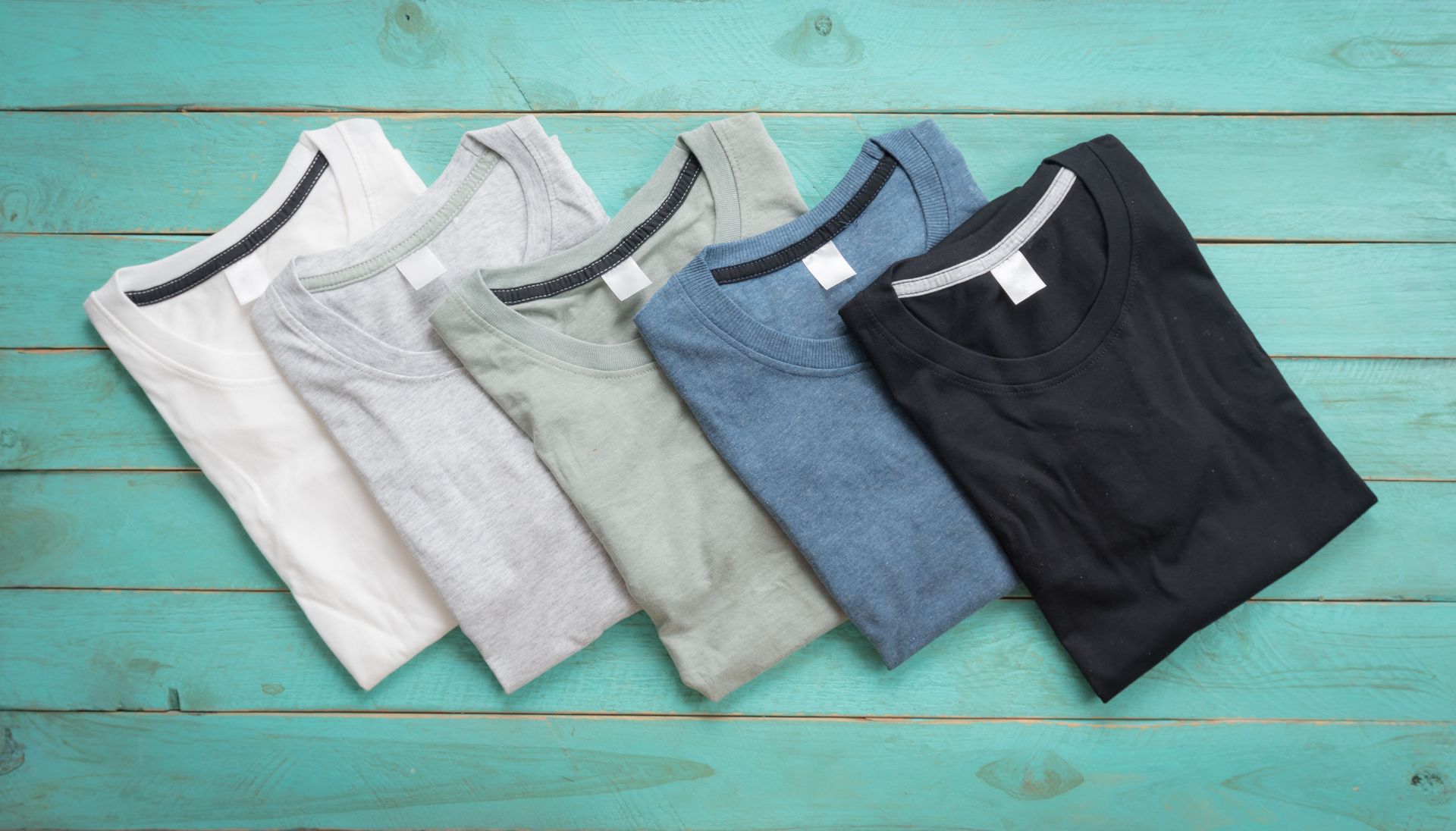

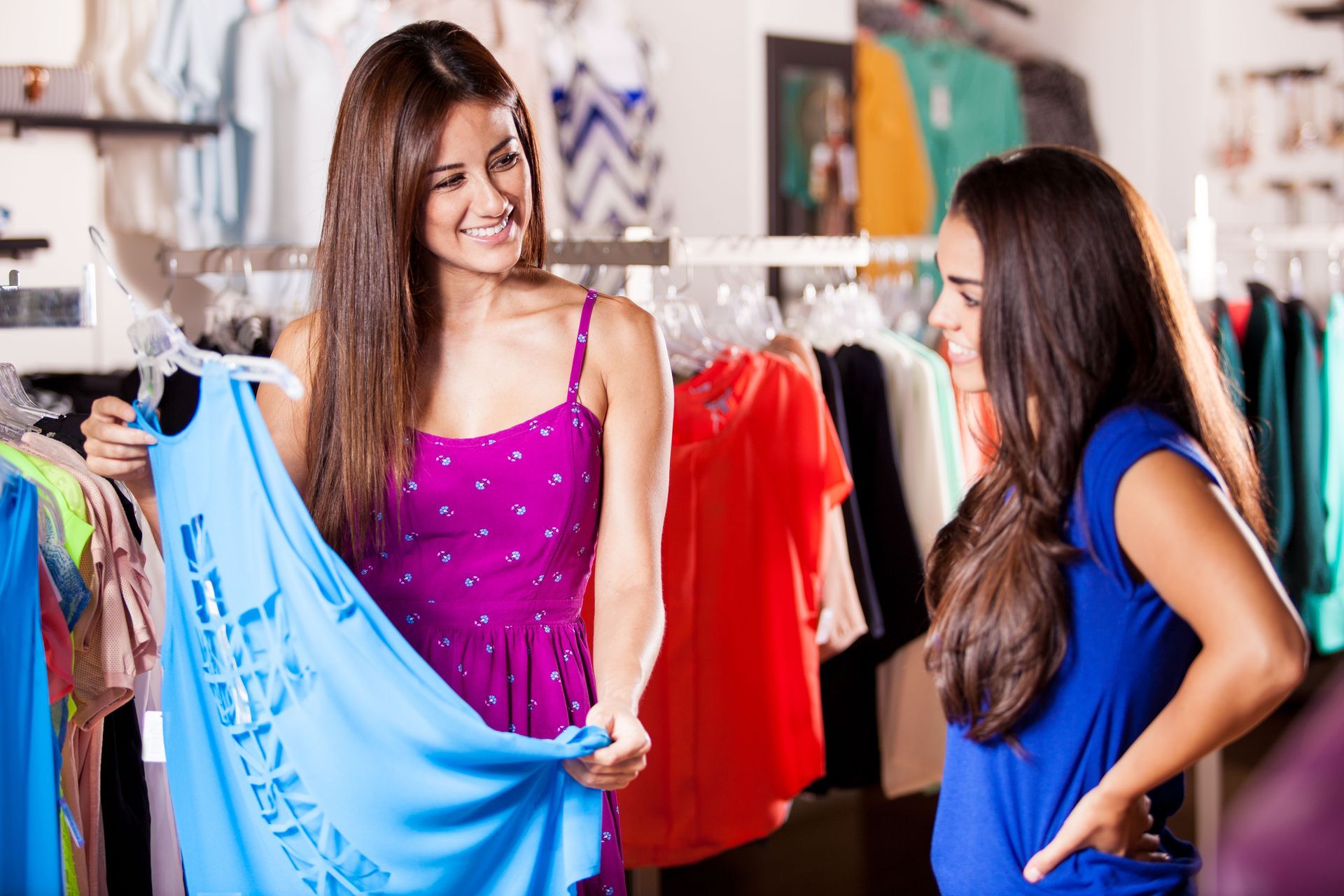
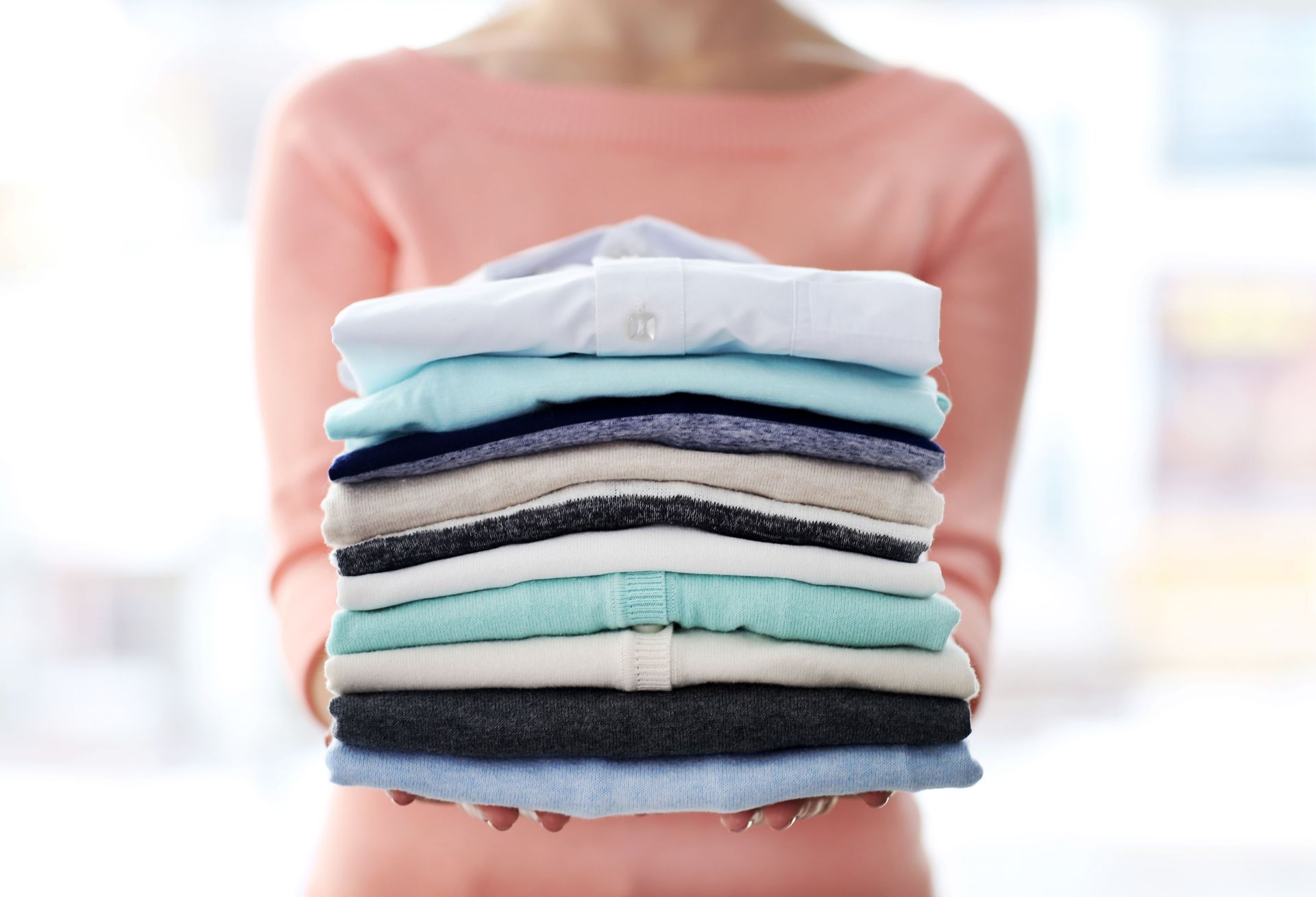
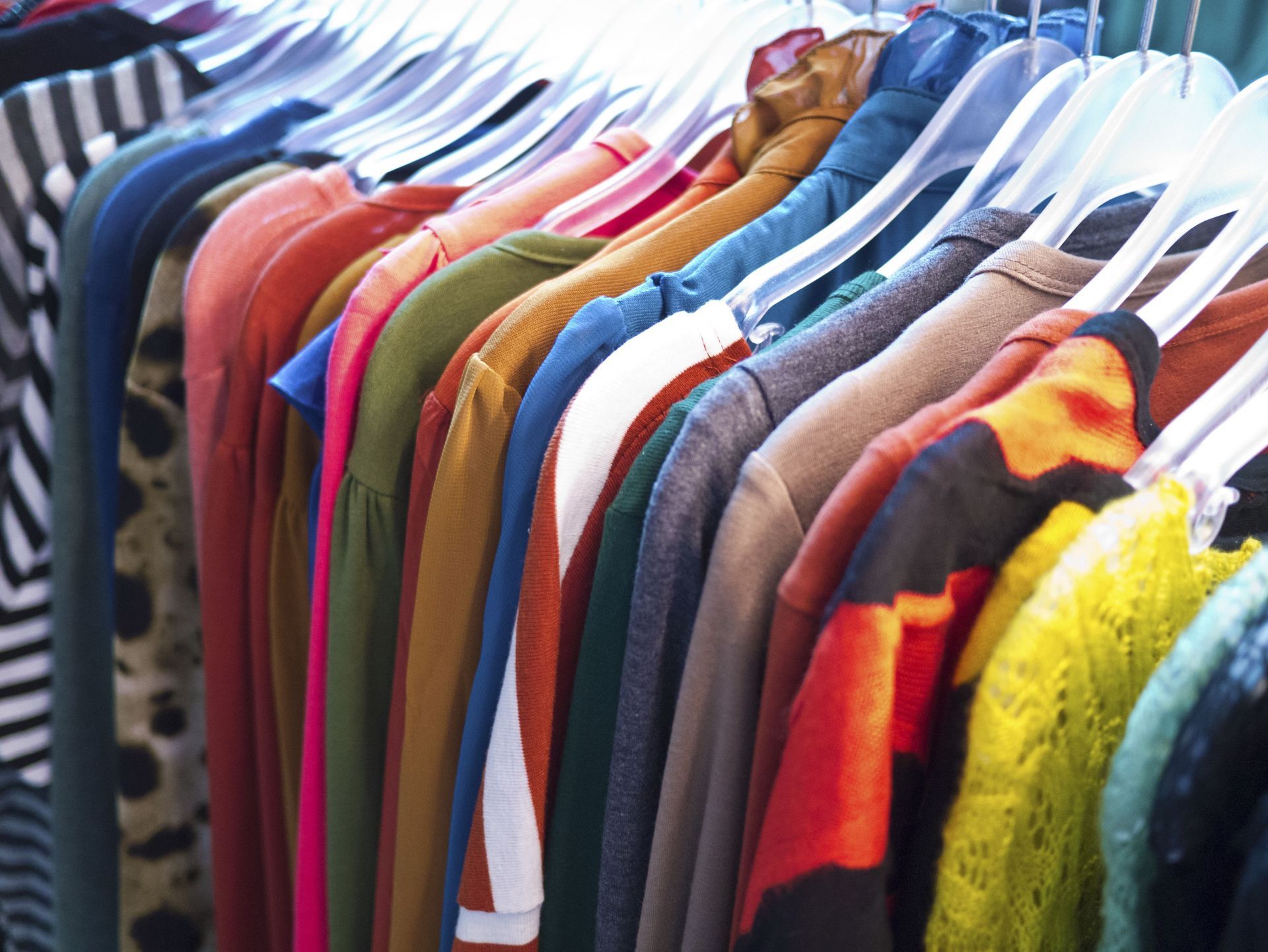

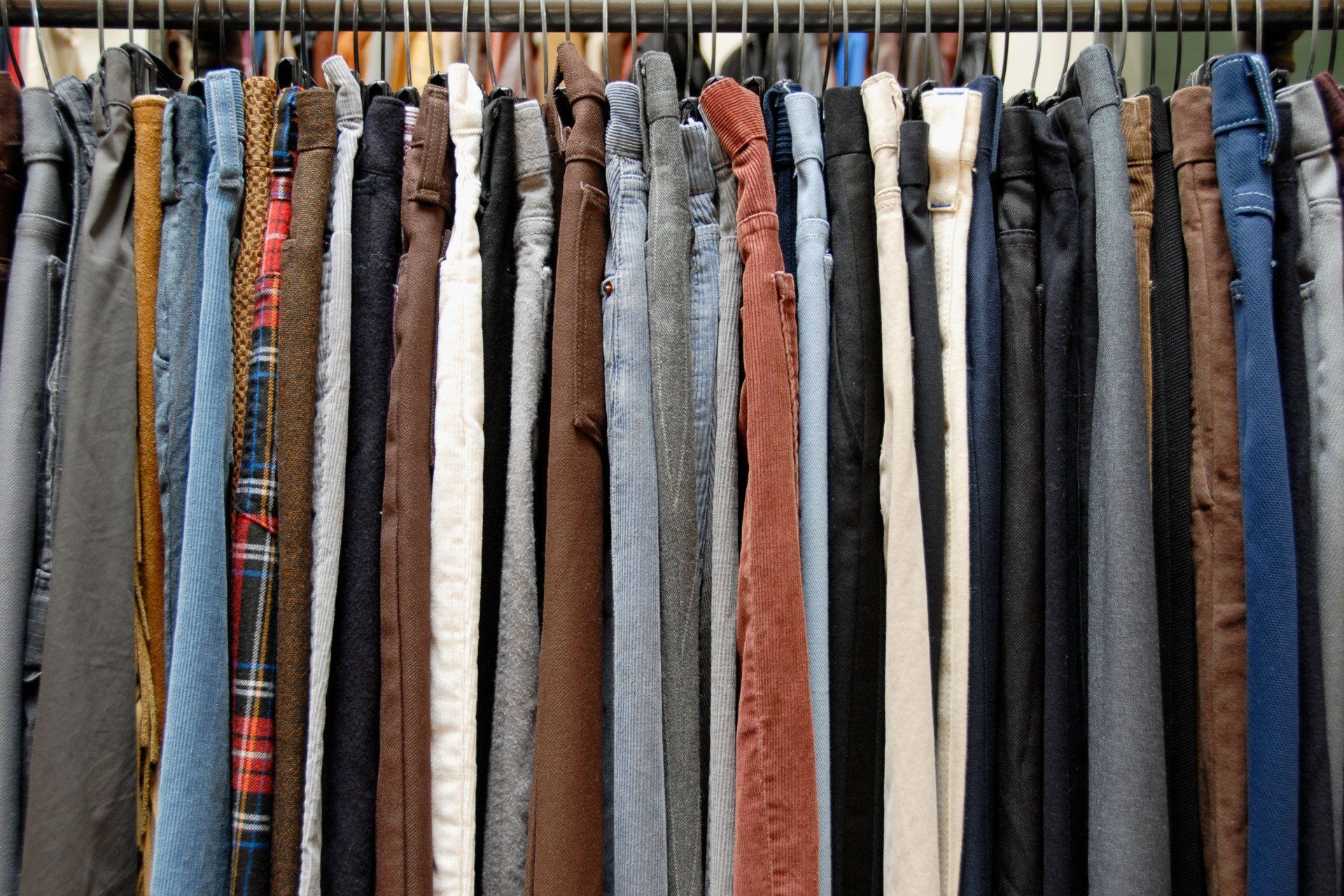

Share On: